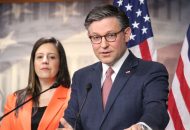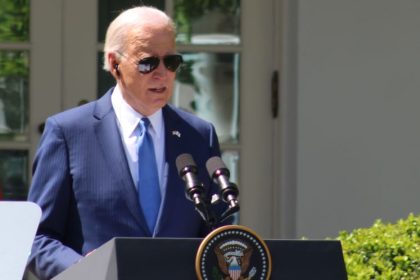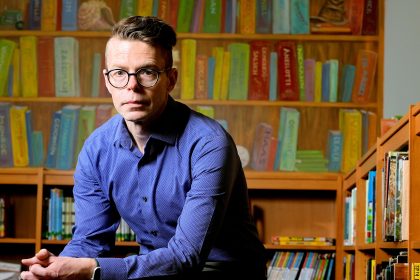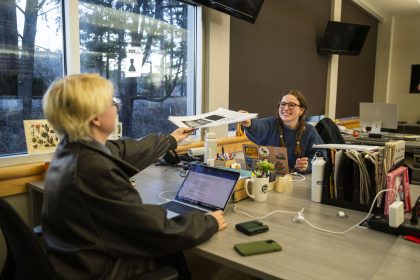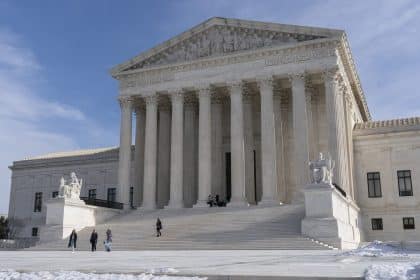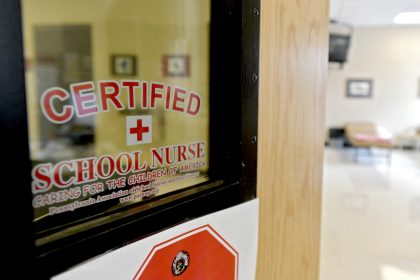Questions Abound As School Boards Assess How to Reopen After COVID-19
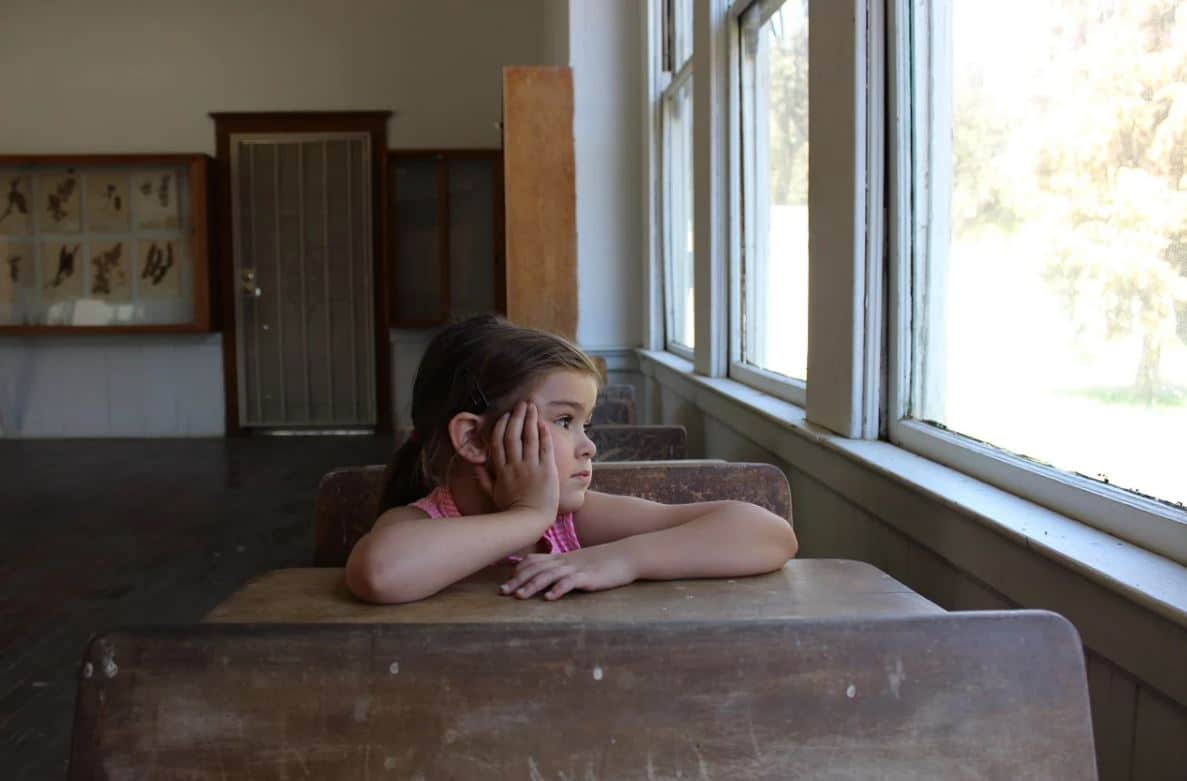
WASHINGTON – Anyone who doubts how difficult it will be to reopen the nation’s public schools in the wake of the coronavirus outbreak need only spend a few moments speaking to leaders of the National School Boards Association.
Public schools are the one part of American society where all the strands come together. Part educator, part employer, part business, part caretaker and shaper of the nation’s youth, in communities large and small they define life as much as the changing seasons do.
Students and teachers returned from Christmas break in January anticipating the long string of school days that would carry them to winter recess, and beyond that, to fragrant and distracting days of spring that would ultimately culminate in summer vacation.
That changed some eight weeks ago, when all were introduced to concepts like “self-isolation” and “non-essential business.” In the suddenness of it all, “School’s Out” became a declaration of self-preservation.
The question now is, what comes next?
“I think, like everybody else, our schools are in a very uncertain place,” said Tom Gentzel, executive director and CEO of the National School Boards Association.
“I think looking ahead to next year, there’s a great deal of trepidation out there,” he added.
The challenges ahead are complex and intertwined.
They include finding a way to cope with the steep budget cuts that will surely come as states struggle to heal their own crisis-caused budget short falls and high unemployment rates that will make appreciably raising school taxes nearly impossible.
Then there’s the question of resuming classes. What will that look like in a post-pandemic world in which social distancing will likely remain in effect for some time. And how do you ensure that all students get a fair shake in a world where broadband internet and other vital resources for learning are inequitably distributed.
Earlier this week, Gentzel, and his NSBA colleagues, Stuart “Chip” Slaven and Francisco Negron, walked The Well News through many of these considerations.
Slaven is the association’s chief advocacy officer; Negron, its chief legal officer.
All School Districts Took a Financial Hit
If there was a consensus among the men it was that most, if not all, public school districts across the country have experienced some decline in the revenues that support their operations in recent weeks, and those losses will continue, perhaps for a very long time.
That’s because most public schools are funded primarily through their state governments, entities that are currently reeling from a massive loss of tax and other revenue at the same time they’re spending tremendous amounts of money to support front-line efforts to defeat the virus.
Even with the billions in federal support promised in the latest federal relief bill introduced this week, huge budget holes today are still likely to result in steep cuts to state funding for education later.
Gentzel was quick to point out that in almost all cases, state funding for education is “equalized aid.”
“That means that a formula is deployed to send more money to less wealthy school districts in a state,” he said. “Unfortunately, when you have significant cuts in state aid, it tends to hurt most those districts that can least afford it.
“So that’s one very big concern,” he said.
There are, of course, a number of school districts having the power to levy their own taxes or receive a share of taxes from other local jurisdictions, like counties.
But with 36 million Americans suddenly out of work, those tax collections “are likely to take a major hit as well, and it will be difficult to raise taxes to make up shortfalls,” Gentzel said.
“This situation will vary widely, of course, depending on where the question is asked, as some communities have fared better than others during the pandemic,” he said. “But I still think it’s going to be more incumbent on school districts than ever to explain very clearly why an increase in taxes is needed, and what, specifically, the money is going to be used for — that’s always a good practice anyway, but it’s probably going to be more important than ever right now.”
Given these new realities, “there’s currently a great deal of concern over how deep the eventual cuts in funding for schools will be,” Gentzel added.
A Rock and A Hard Place
Unlike a business that can lay off workers in lean times, public school districts in America are committed to educating every child who arrives at their door.
“You can’t just start turning away students, and that’s something we would never want to do,” Gentzel said.
As a result, districts across America will soon have to figure out the best way to educate those students come fall, at a time when the future of the pandemic, social distancing and all the rest is far from clear.
“That’s going to lead to some very difficult school budget meetings,” Gentzel predicted. “It’s going to be no easy time.”
One of the most important questions districts are going to have to deal with is what to do about all the lost classroom time caused by the pandemic.
“Right now, I think most school districts are trying really hard to do the best they can to finish out this school year,” Gentzel said.
“Clearly, despite these efforts, there has been some lost instructional time — and that is going to adversely affect some students,” he said. “What gets done about that? I don’t think anyone has got the answer to that yet.”
Stuart “Chip” Slaven, the NSBA’s chief advocacy officer, said “one of the really tricky things here is that not every school district or even schools within a single district, are in the same place when it comes to the use of technology and online teaching content.
“Some were already using technology more productively than others before the pandemic struck,” he said. “For those in that category, the transition from the traditional brick and mortar school to a more virtual environment was easier — though I don’t think it was easy for anyone.”
“How well you adapt to the new reality really depends on where you are, what your capabilities are, your students, your teachers, and how much you were already doing online. All of those are contributing factors,” Slaven said.
Some schools, he said, have long offered some classes online in a kind of blended learning experience for their students. Other districts have had to cope with the fact they might have decent internet access at school, but their students were forced to struggle with minimal or unreliable Internet access at home.
“In cases like that, the question is, how do you keep up with where your classmates are?” Slaven said. “Unfortunately, I don’t think there is any one magic bullet solution to these issues, and what you are probably going to see is a lot of different strategies being tried.”
Contemplating the start of the new year gets more complicated if you start factoring in things like social distancing and other policies meant to stop the spread of the virus carrying over into the fall.
“School districts are going to be looking very closely at the Centers for Disease Control or their state public health guidelines on how to space students from each other or whether it is safe to have them together at all, and I think that’s when you really start to see the impact on budgets,” Gentzel said.
“For example, let’s say your district transports a certain number of students to school by bus every year,” he said. “What happens if you now have to start curtailing the number of riders? What if you wind up having one student per seat or that kind of thing? Does it mean we now have to run extra bus routes?
“You can see how the cost for something like that will start adding up,” Gentzel said. “Now think about how to apply these considerations to every single activity that children do throughout a school day.
“How do you deal with that? Do you have students arrive and depart the school building in shifts? If so, that sounds like it would require a longer school day,” he continued. “Okay, so what do you do about the contractual hours for your employees?”
“What we all know right now is that there’s going to be a dollar value attached to every innovation and coping strategy we try — we just don’t know right now what that value will look like.”
Safety First
Gentzel said if there’s a mantra for the new normal school districts have suddenly found themselves thrust into, it’s “safety first.”
“It’s one of the things we have heard over and over again, fortunately and appropriately,” he said.
“I think the most important consideration is how you start up again and ensure that the students, the faculty and the staff are safe in school and in the classroom,” he said. “And if social distancing requirements are still in place, which is increasingly likely, it suggests that school districts are going to have to be creative.
“I mean, look at the case of a school that has hundreds or even thousands of students,” Gentzel continued. “How do you deal with social distancing in that situation? One way might, as I said, by adjusting the schedule, so that students attend in different shifts. Another might be the blended learning, where some of the school day is still spent in the home.
“These are options we need to be talking about, whether we’re school boards or school administrators or superintendents, and I’ll tell you, I think this question of keeping everyone safe is causing a lot of reticence about returning students to the classroom,” he said.
Slaven agreed, pointing out that while it’s one thing to continue to keep an eye on the coronavirus and how to contain it, “the other thing you have to take into account as a school district is the anxiety that parents and students and teachers and staff may have going back to school.
“That anxiety that’s going to greatly influence how they respond to anything you try to put in place,” he said.
Francisco Negron, the association’s chief legal officer, said if there’s a key takeaway from all this it’s that the pandemic has changed the way education will be delivered and how children will learn, perhaps, permanently.
“That said, I think what we’re going to see, even during the summer months, is a lot of innovation. I don’t think we know what the next school year will look like. Will it look like last fall? Or will many school districts simply continue some of the things they’re doing now, with blended or home schooling?
“We’re standing at the edge of what I think is going to be some sort of fundamental shift,” Gentzel said. “And funding is going to be a big piece of that.
“A fundamental change in the funding of education is a long term conversation because there are a lot of vested interests attached to whatever you might do. Property taxes have been a stable source of revenue for a long time for local school districts. But other sources of revenue to consider? A sales tax, perhaps, or something else?
“There’s also one other point that goes along with what you’re saying,” Negron said. “Schools collectively are the largest employer in the country. So as we’re talking about federal support to keep the economy going the government’s best dollar would be spent in helping local school districts who are in many places the economic engines of their communities.
“Investing in school districts in rural or small places out in middle America, also in some inner city areas. But that’s a dollar well spent because it not only helps students, it keeps the school operating as the employer in a given community. This new bill is a great opportunity for Congress to recognize that.”
Gentzel said that while a direct infusion of funds from the federal government would be greatly appreciated, the reality is the money being handed out now will only go so far in addressing current needs.
“Where the federal government can really be helpful, I think, is in enabling the schools to do what they need to do to go forward,” he said.
“And by that I mean, there are certain things that school districts need to be resilient when confronted by a crisis like this. Technology, for instance, and particularly, a broadband infrastructure in every community,” Gentzel continued.
“The other thing is funding professional development for the teachers who are having to learn a whole new way of teaching,” he said. “That’s what I’d really like to see Congress focusing on, and in doing so, making the students a priority.”









